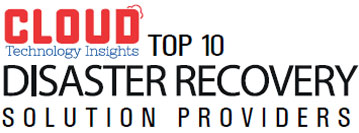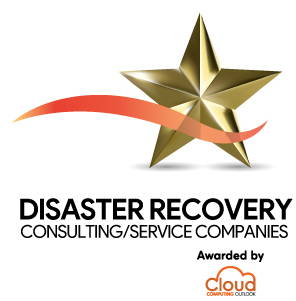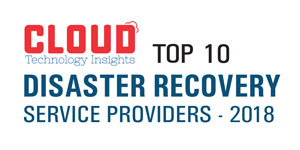For most business executives, finding a way to keep their businesses running even in the event of a disaster cannot be overstated. In fact, disaster recovery and business continuity are fast becoming the most important IT conversation that business leaders are having to discuss with their staff as well as train them on the protocols to follow when a disaster strikes. In any disaster recovery procedure, the first few minutes and hours after a business system crashes are extremely crucial. For most enterprises, the rest of the recovery process is determined by how well events unfold in the period immediately after the disaster hits the business process. Failure to be adequately prepared for a disaster has the potential to wreak havoc on the reputation and financial standing of the organization. What’s more, a poorly managed disaster can scare customers away. As the need for RPO and RTO requirements decreases, data replication becomes more viable. And given that this trend is expected to continue, data replication for backup/restore as well as highly available solutions will soon become the most feasible solution. Unless only for archival purposes, a negligible number of business organizations use tape. Data replication is not only more efficient, it is also extremely pocket-friendly. Unsurprisingly, companies are handing over control of non-critical business processes to third party providers, including email, CRM and other Software as a Service (SaaS) solutions, and outsourced solutions like customer service and payroll. Another area where business organizations are heavily depending on third parties is Infrastructure as a Service (IaaS) where they provide such services as web hosting, production needs, and development environments/platforms. By using these third-party providers, companies can noticeably reduce their internal disaster recovery needs. Nevertheless, business executives must be careful not to turn over critical business processes to third party providers, a move that could jeopardize the entire organization, especially if something went terribly wrong. Further, Virtualization has been a major trend in the disaster recovery space and has excited many in the industry. Many industry watchers see it as one of the greatest improvements of the business continuity niche. Therefore, it is not a wonder that this technology has found its use in most of the computing environments across a wide array of business organizations. The apparent significance of disaster recovery and business continuity is what is informing the IT industry on the need to keep an eye on this industry, monitoring changes and emerging trends that will dictate how companies conduct business in the days, weeks and months ahead. And thus, to help companies to select the best Disaster Recovery Solution Providers, Cloud Tech Insights, in conjunction with a distinguished panel of prominent thought leaders, and our very own editorial board, have assessed and shortlisted companies who offer comprehensive and seamless Disaster Recovery Solutions. This listing gives a comprehensive understanding of solutions that can be implemented to optimize the Disaster Recovery process. We present to you, our “Top 10 Disaster Recovery Solution Providers 2019.”

















